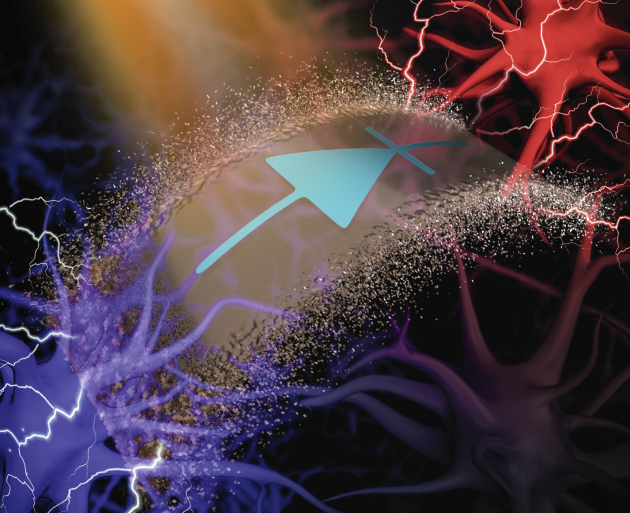Focus |
Collections
-
-
Collection |
 Microphysiological systems
Microphysiological systems
Modelling human tissues in microphysiologically relevant ‘chips’ will increasingly help to unravel mechanistic knowledge underlying disease, and might eventually accelerate the productivity of drug development and predict how individual patients will respond to specific drugs.
Image: Onur Kilic, Johns Hopkins University -
Collection |
 Bioelectronic devices
Bioelectronic devices
Engineering and materials-science advances drive the miniaturization and long-term and safe operation of bioelectronic devices for diagnostics or therapy.
-
Collection |
 Engineered tissues
Engineered tissues
Research on disease mechanisms will increasingly be supported by progressively more sophisticated engineered tissues serving as in vitro models of human disease.
Image: Michael Rosnach -
Collection |
 Machine learning in healthcare
Machine learning in healthcare
The accelerating power of machine learning in diagnosing disease and in sorting and classifying health data will empower physicians and speed-up decision making in the clinic.
-
Collection |
 Point-of-care devices
Point-of-care devices
To establish wider utility at the point of care, device validation should be carried out within the target population, and in the most appropriate environment and use conditions.
Image: Chonghe Wang and Sheng Xu, University of California San Diego -
Collection |
 Cancer immunotherapies
Cancer immunotherapies
Cancer therapies that target multiple immune pathways take advantage of synergistic killing and decrease the risk of relapse.
Image: DrAfter123 -
Collection |
 Technology for neuroengineering
Technology for neuroengineering
Modelling and treating diseases of the central and peripheral nervous systems requires far better biomaterials and technology than are currently available.
Image: Maayan Harel and Jerzy Szablowski -
Focus |
 Cell therapies
Cell therapies
For cell therapies to transition from promises to products, increased efforts need to be put into the identification of the factors that affect safety and efficacy, and into cell manufacturing.
Image: David McCarthy (cancer cells), Steve Gschmeissner (needle); Science Photo Library. -
Collection |
 Delivery of drugs and biologics
Delivery of drugs and biologics
Efficient approaches that overcome the physicochemical and biological barriers to getting therapeutics into the right tissues and cells are critical to therapy development.
Image: Benjamin Lee & Bohao Liu, Columbia University -
Collection |
 Technology for diagnostics
Technology for diagnostics
Accurate diagnostics need technology to detect markers associated with the cause of disease.
Image: Felix Ellett -
Collection |
 Histopathology
Histopathology
Advances in microscopy and the application of machine learning to histology will modernize the examination of tissues in the clinical laboratory and in the operating room.
Image: Richard Levenson, University of California Davis

 Neurotechnologies
Neurotechnologies